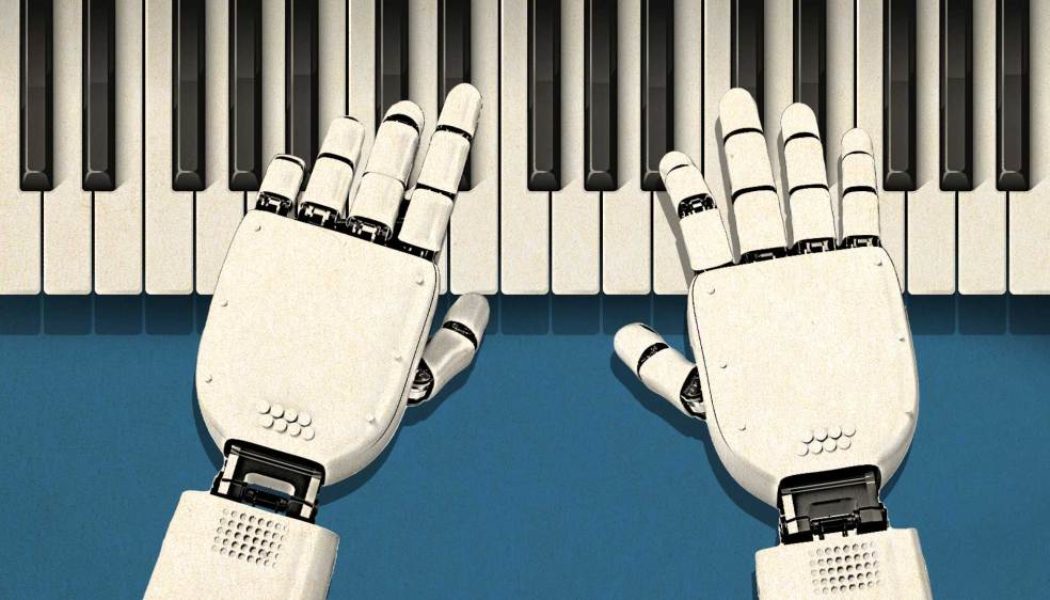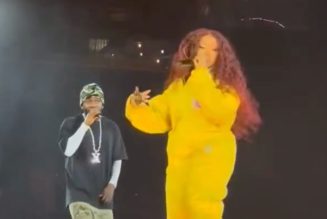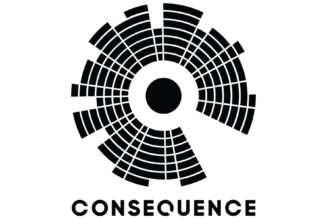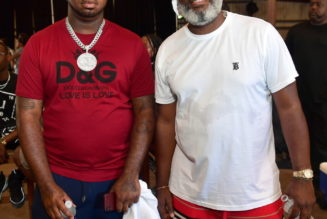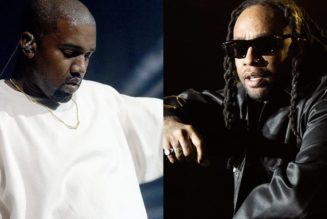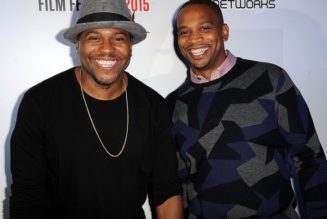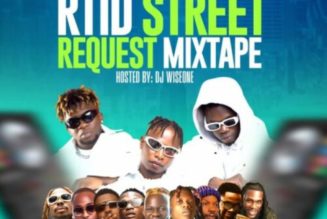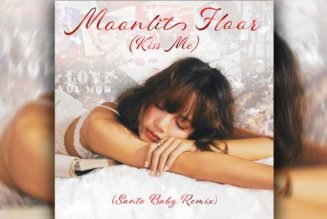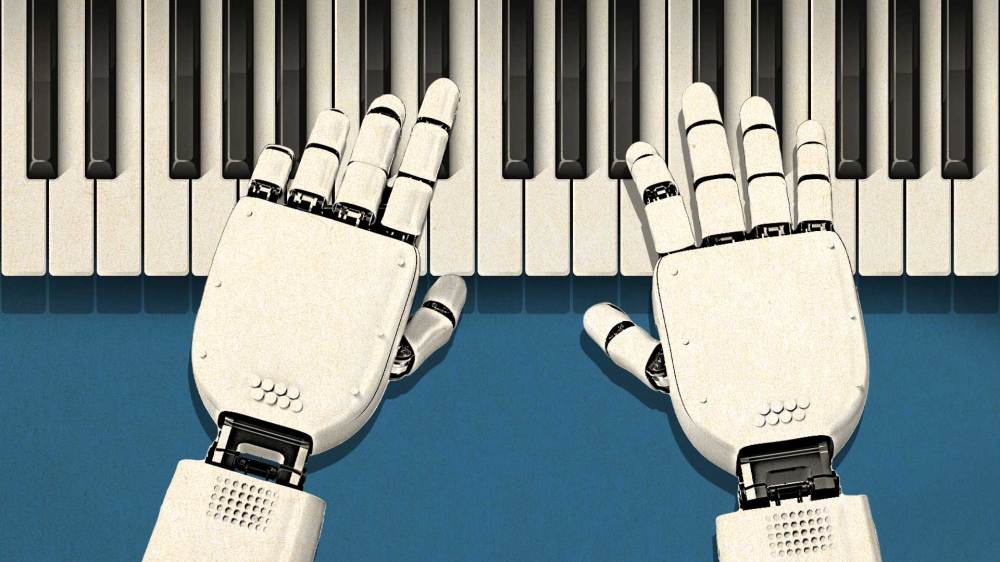
The music industry is once again at the forefront of technological change, the canary in the digital coalmine, this time with artificial intelligence. AI capabilities are evolving at lightning speed, and we as an industry have a window of time to figure out how to harness its power.
It’s common knowledge that in the early days of disruption 23 years ago, the music sector tried to put the toothpaste back in the technological tube, leaving a graveyard of innovation in its wake. Fast forward to 2023, and we have labels actively engaging with AI companies, libraries striking deals to enable AI training on their catalogs for future revenue shares, and artists leveraging AI tools for co-creation with fans. We’ve also seen some protective lines being drawn in the sand around high profile artists’ sounds and identities.
Each time technology crashes into the music business, we all must evaluate and classify what does and doesn’t (or at least not quite yet) work for our industry.
The commercial music sector revolves around monetizing and protecting intellectual property and so it is no surprise whatsoever that major labels, publishers and industry trade bodies are taking strong, early positions that human artistry has value. The mix of independent artists from hobbyist to superstar are growing fast on their own creative terms, and likely have different points of view and stakes related to the emergence of AI. This complex web of an industry of artists, labels, and publishers is messy, sometimes contradictory and its response to AI is going to be equal parts exciting and confusing. But like most complex topics, if we break things down a bit they become easier to understand.
I’ve divided AI for Music into three segments – the Green Zone, defined as tools and uses of AI that are likely to be enabling; the Red Zone, areas likely to be litigated or at least controversial; and the Yellow Zone, cautiously filled with potential. The first two are relatively clear, while the last will evolve as AI companies and industry stakeholders conversations and product offerings advance.
The Green Zone
AI is enabling a new suite of creator tools that will serve as extensions of the human creative process. Songwriting, rhyming, melody, and lyrics AI tools will all help composers break writer’s block, systematize collaboration/co-creation, and improve efficiency. Songwriters can enable and train AI in their own style, and extend more traditional, long-utilized manual tools. Audio production will grow in efficiency with AI based plug-ins to DAWS, copyright-clear sounds and loops libraries, and tools that can be trained on an artist style. These AI production and creator tools will further democratize music creation.
In the Green Zone, AI is a legal, technical, creative tool sector embraced by artists. Artists have a history of accepting new technology and creator tools, while many in the middle or the sidelines decry the horror. Remember the drum machine? Many feared it would be the end of drummers, but clearly it wasn’t. Games and casual creators will have a great time using AI-created, low-risk music for fun and creative expression. AI is enabling a wide cross section of fully-sanctioned tools that will serve as an extension to individual creators and could help to further accentuate and accelerate human creativity.
The Red Zone
The music sector wouldn’t have its charm without IP-protection conflicts. We are already seeing early battle lines being drawn: applications of AI that veer into artist impersonation and deep artist fakes are getting shut down, and unsanctioned training of AI based on commercial recordings is on thin ice. Text-to-print output of cheap soundalikes is being monitored by every sync department. Legal minds are currently studying copyright laws around the world to determine rules, boundaries, and frameworks to guide a razor-thin line separating innovation and protection. Visual image litigation around AI is also being watched for applicable rulings that will apply to other creative mediums. There is also pressure to limit or separate purely-AI sound recordings from human-created sound recordings, albeit a likely blurry line once we consider the development of a vibrant AI creator tools marketplace and undetectable differences.
The Yellow Zone
It gets really interesting in the Yellow Zone, filled with potential uses where AI could enable new revenue, new opportunities as well as problem solving. Could the industry find a new model to license all of its music collectively to AI companies for training purposes? This could be a new license structure for labels and publishers, and also enable legal, approved uses and output. Can artists allow legal, licensable training of AI based on their unique sounds and styles? Think of older, established artists facing vocal challenges who could benefit from an AI-trained voice companion. Or artists such as Grimes who simply want to explore the boundaries of what AI could produce as their collaborator?
Can AI help to efficiently create new versions of existing songs or compositions, or remixes and derivative works without going into a studio? The answer is yes, but this also begs the question of who owns or gets to participate in these versions? Where does the composition live?
The royalty-free, background, nondescript music market is ripe for AI, and won’t be encumbered by fragmented rights across labels, publishers and PROs, so it will be easy, claim free and royalty free. Functional music to help us sleep, concentrate, meditate and otherwise calm our minds will be further personalized with AI and used instead of medication.
And I cannot emphasize enough the potential for AI to help solve problems surrounding music rights metadata, matching sound recordings to publishing, and getting money to flow to the rightful owners. These problems occur in systems across the planet among over 100,000,000 sound recordings and over 1 billion publishing shares. We still need aligned business incentives to solve these problems, which are more human than technological, but AI can be a powerful tool in the rights management space marrying the vast number of unique machine-readable identifiers and data points across hundreds of millions of shares and trillions of transactions.
When considering the Yellow Zone, I’m encouraged in that I’m seeing a different response to AI than the early days when the industry sued end users and installed malware onto CDs. We still occasionally find ourselves across the table from innovators claiming to be in a “post-copyright world,” but lessons are being learned, stakeholder regimes are changing, and more artists have carved out the ability to drive their own creative destiny using a wide mix of tools of their choosing. The market for music in AI is in the Green and Yellow Zones, and while we don’t necessarily all need to agree on every use case, AI is certainly unstoppable and those who find ways to use it will be at a distinct advantage.
Vickie Nauman is Founder and CEO of the LA based boutique music tech consulting and advisory firm CrossBorderWorks, where she has been working with a portfolio of gaming companies, Web3 projects, streaming platforms, apps, hardware, start-ups and industry consortiums since 2014.
